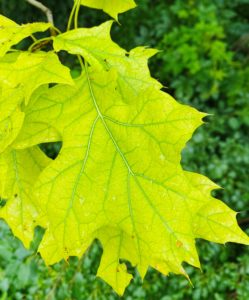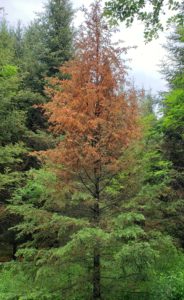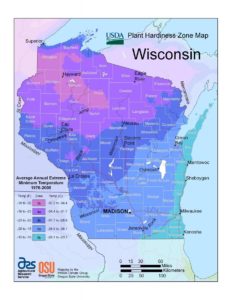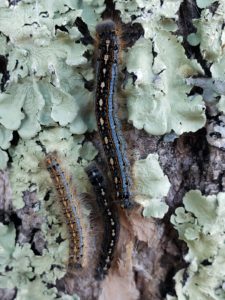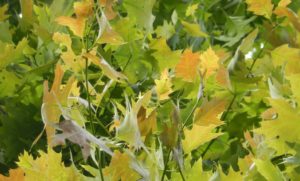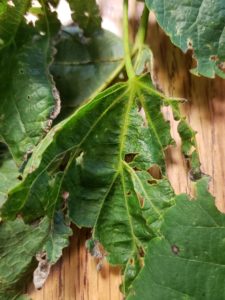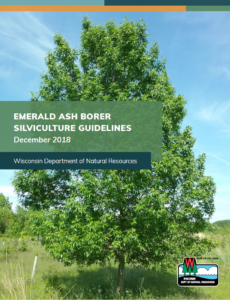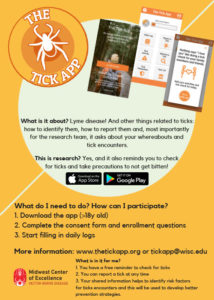By Todd Lanigan, forest health specialist, Eau Claire, Todd.Lanigan@wisconsin.gov, 715-210-0150
Fall webworm started showing up in early July. This native insect feeds on deciduous trees and shrubs and appears every year in yards and forests. It is often noticed first by the loose webbing over branch tips. It can even completely cover a small tree with webbing. If you look inside the webbing, you will find partially eaten leaves, frass (caterpillar poop) and both live and dead caterpillars.
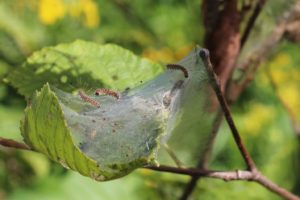
Fall webworm larvae feed within webbed enclosures at branch tips. Credit: Courtney Celley, US Fish & Wildlife Service.

